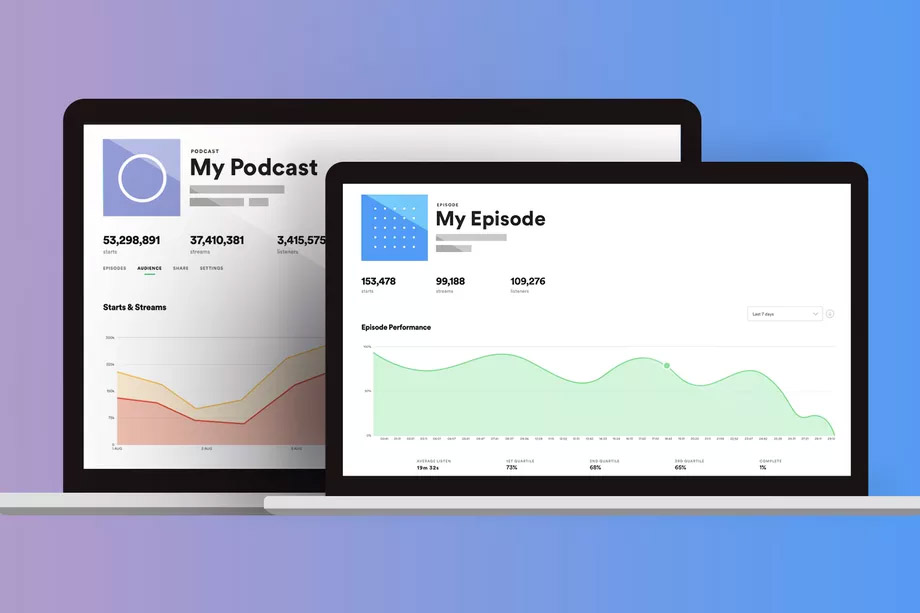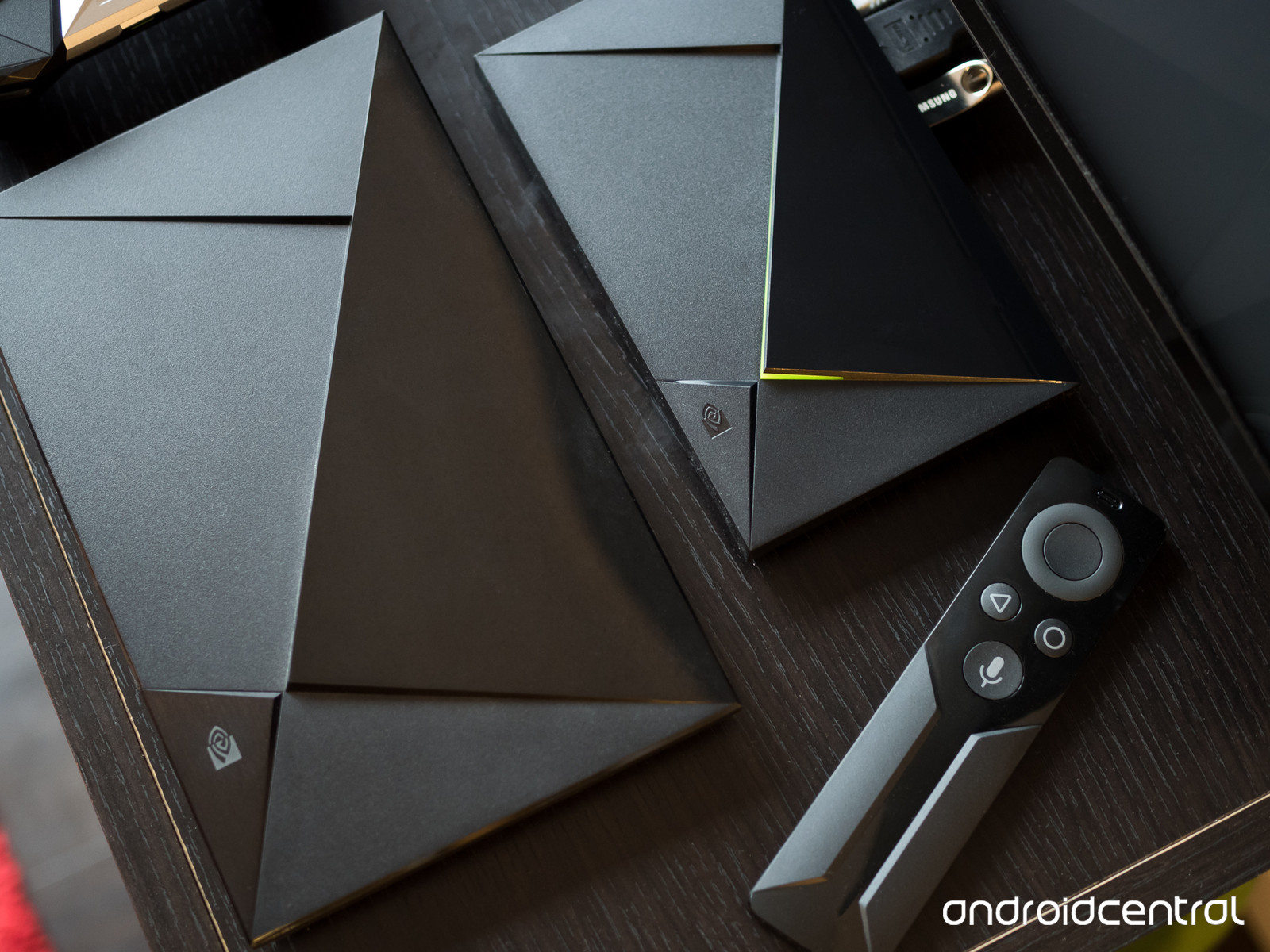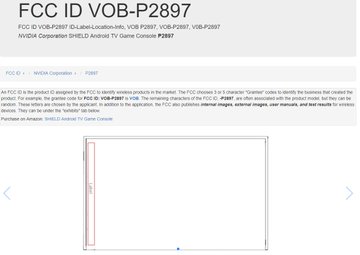
Spotify is going to give podcasters listener data they can’t get anywhere else. The company is taking its Spotify for Podcasters dashboard out of a beta today, giving more podcasters a chance to see data like their listeners’ music taste, age, gender, location, and how long they listened to a particular episode. Apart from Apple, which offers some show analytics, this is the most detailed information podcasters likely have about their audience.
Around 100,000 podcasts have signed up for the program since its beta rollout last October, Linnea Hemenez, head of content marketing at Spotify, tells me. But Spotify has more than 450,000 shows as part of its catalog, so it has a ways to go to bring those hosts over to the analytics platform. The dashboard is available globally but only in English for the time being.
“It’s still really the beginning,” says Charlie Hellman, head of Spotify’s creator marketplace. “This is the part of the conversation where we’re continuing to get feedback and trying to iterate the product.”ANY PODCAST CREATOR CAN SIGN UP FOR DASHBOARD ACCESS
Podcasters have long lacked data about their listeners, which poses problems when they’re trying to sell ads. Spotify is uniquely qualified to give podcasters that data because every Spotify user requires an account to listen, where they’ve provided basic demographic data about themselves, as well as their music listening habits.
Nothing about the dashboard will change when it comes out of beta, although Hellman says it’ll be refined over time as podcasters respond to the product. The idea is to mirror Spotify for Artists, the dashboard it provides for musicians, but optimized for podcasters.
The dashboard is meant to “give as much information” as Spotify can to podcasters and creators, Dawn Ostroff, chief content officer, tells The Verge.
Spotify already gives musicians the ability to publicize tour dates, sell merch, and create playlists. It’s easy to imagine the company doing the same for podcasters, which could make the dashboard more powerful than what’s available today. In theory, it could also become a place for ad insertion to be handled if Spotify wanted to become an ad network or help connect brands with podcasters.
Podcasters can’t currently submit their shows for inclusion on podcast playlists, but Hellman says that “over time, as we fine-tune the format that’s working with listeners, we’ll try to bring back any opportunities for podcasters to better participate.”
The data that’s in the podcasters dashboard is, of course, not everything Spotify knows about listeners, but Ostroff says it’s been distilled to the “most relevant.” Ostroff says Spotify has a “firehose worth of data,” but didn’t elaborate on what additional data Spotify-created shows might have access to versus what’s presented on the dashboard.
“We obviously have access to other types of data, which we’re able to use depending on what it is that we’re looking for,” she says. “But in order to really mainstream and find the most helpful data points for podcasters across the board, we’ve been able to come up with the dashboard.”
/cdn.vox-cdn.com/uploads/chorus_asset/file/18963903/S4P_ScrollAnimation_MyPodcast_08122019.gif?w=980&ssl=1)
For now, the company’s podcast-creation technologies, like Anchor and SoundTrap, are also kept separate from the dashboard, but they round out Spotify’s broader podcast ambitions.
“All of the different podcasts initiatives and companies have very specific verticals that they focus on,” Ostroff says. “If you think about … how many ways this industry is growing, having the different ways in which people who are interested in podcasting can connect with us seems to be a smart strategy.”
The more shows Spotify lists on its platform, the wider appeal it has to listeners. But as it courts new podcasters, the streaming service has to offer them something in return for providing their shows if it wants to avoid a Luminary-like backlash, in which a podcast startup wanted to profit in part off creators’ freely available work. Beyond Spotify already counting more than 200 million monthly active listeners, a massive global user base, giving creators detailed information about the listeners — data they can’t get anywhere else — sweetens the platform deal and makes it even more attractive.






:no_upscale()/cdn.vox-cdn.com/uploads/chorus_asset/file/18957816/Screen_Shot_2019_08_09_at_3.42.24_PM.png?w=980&ssl=1)




